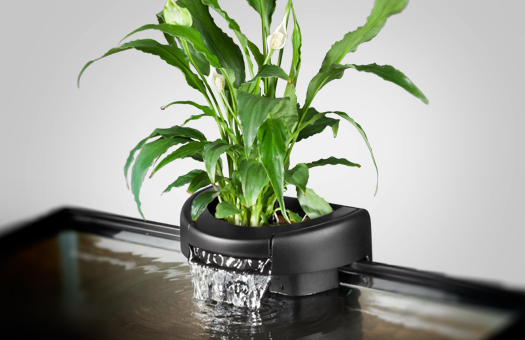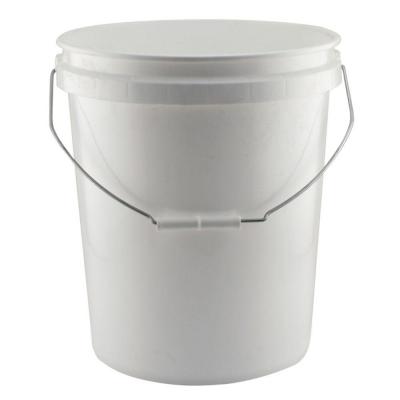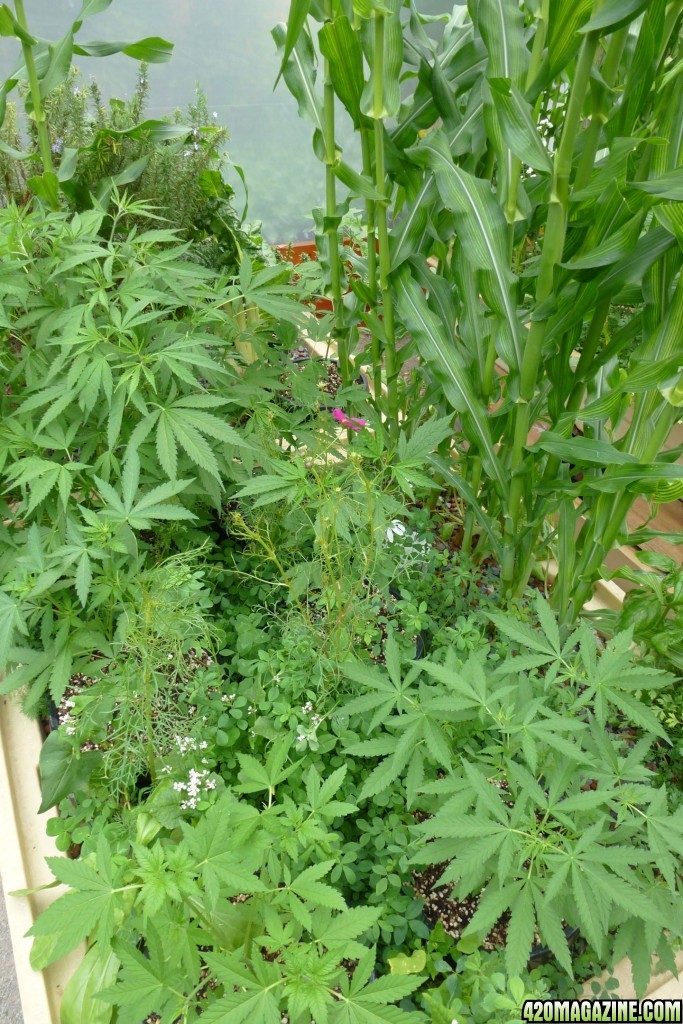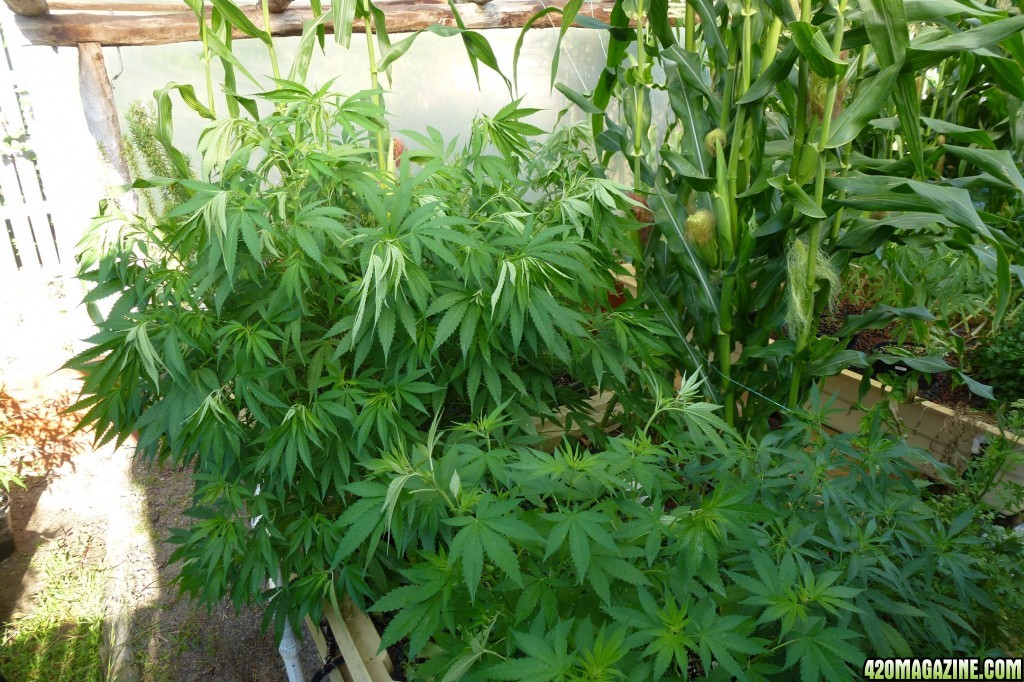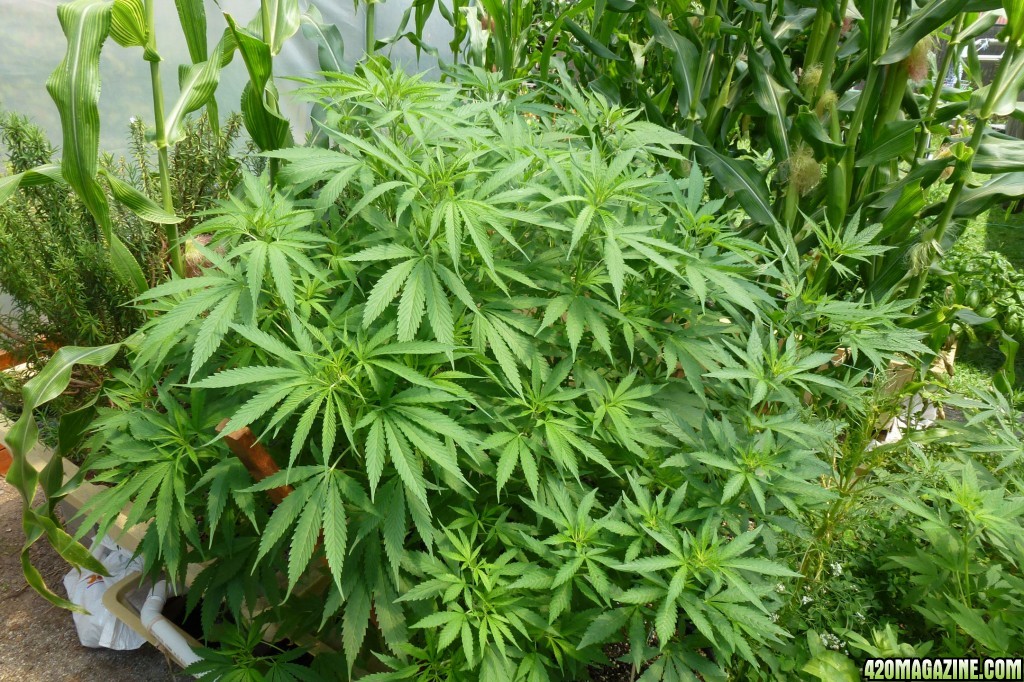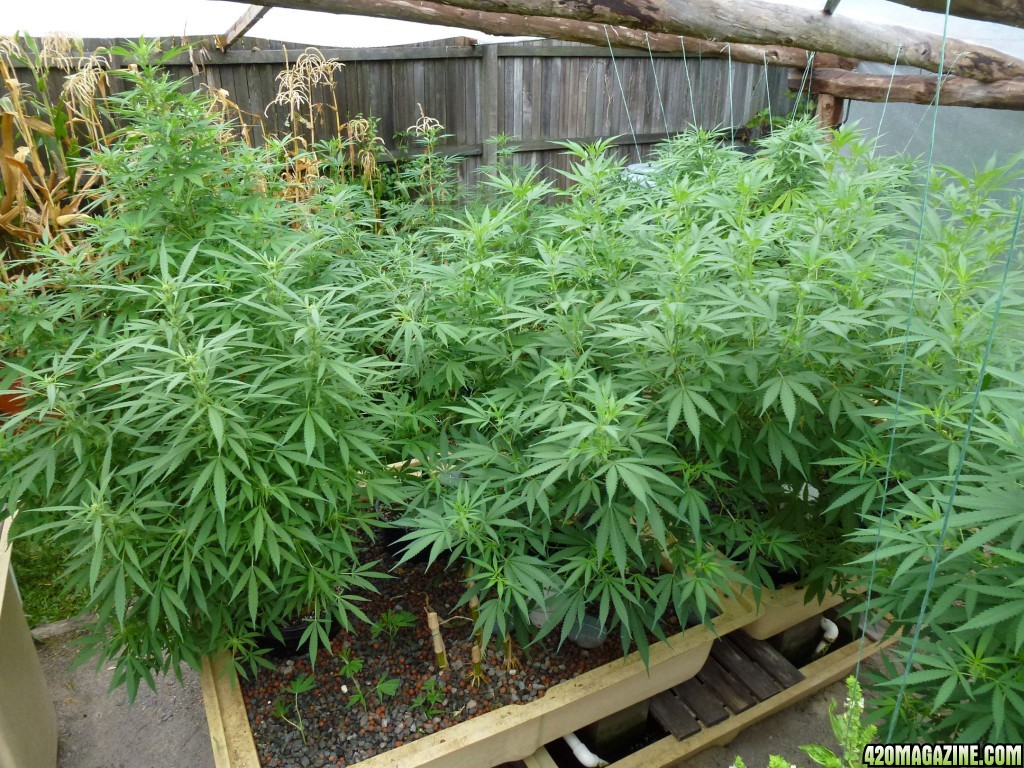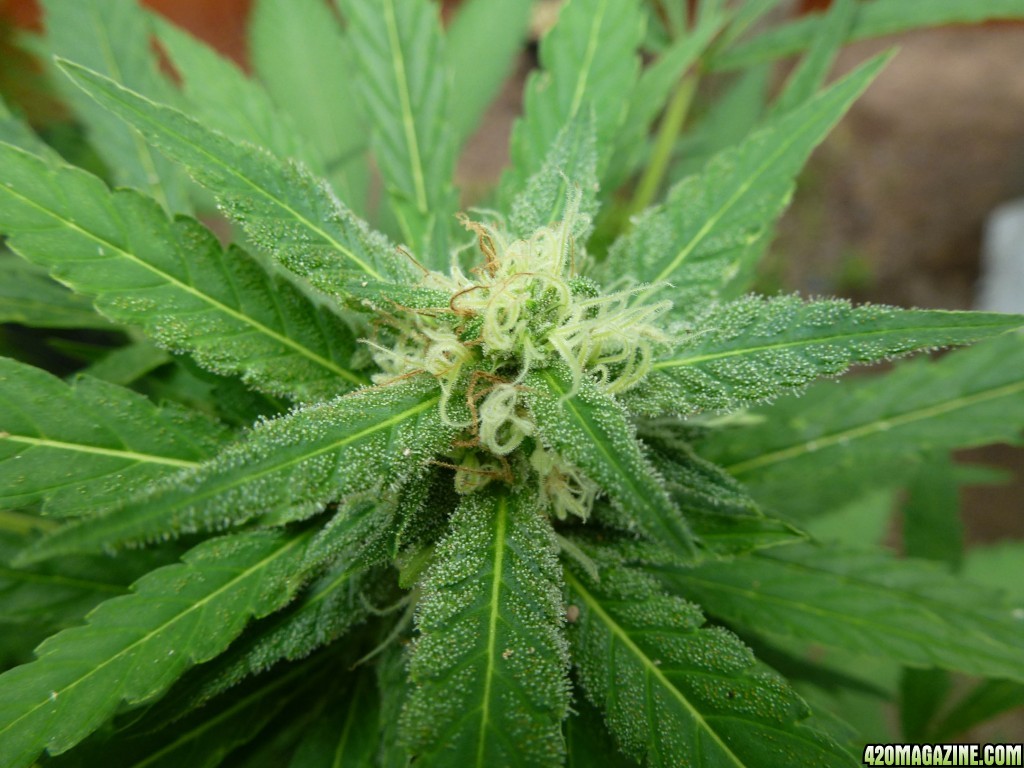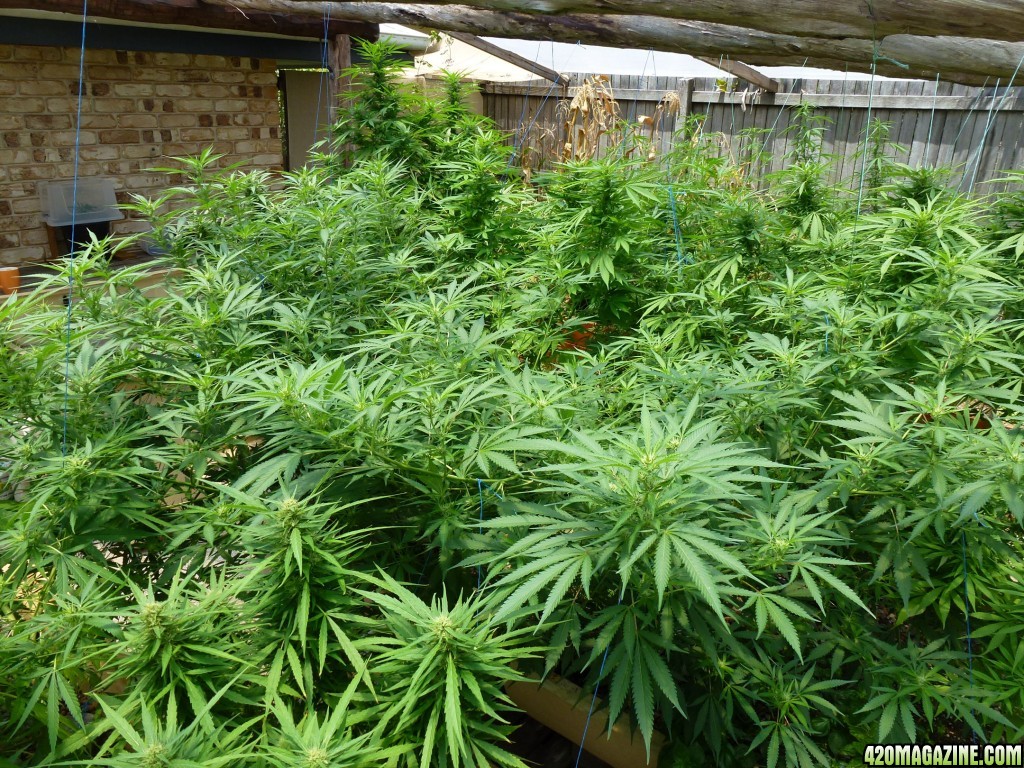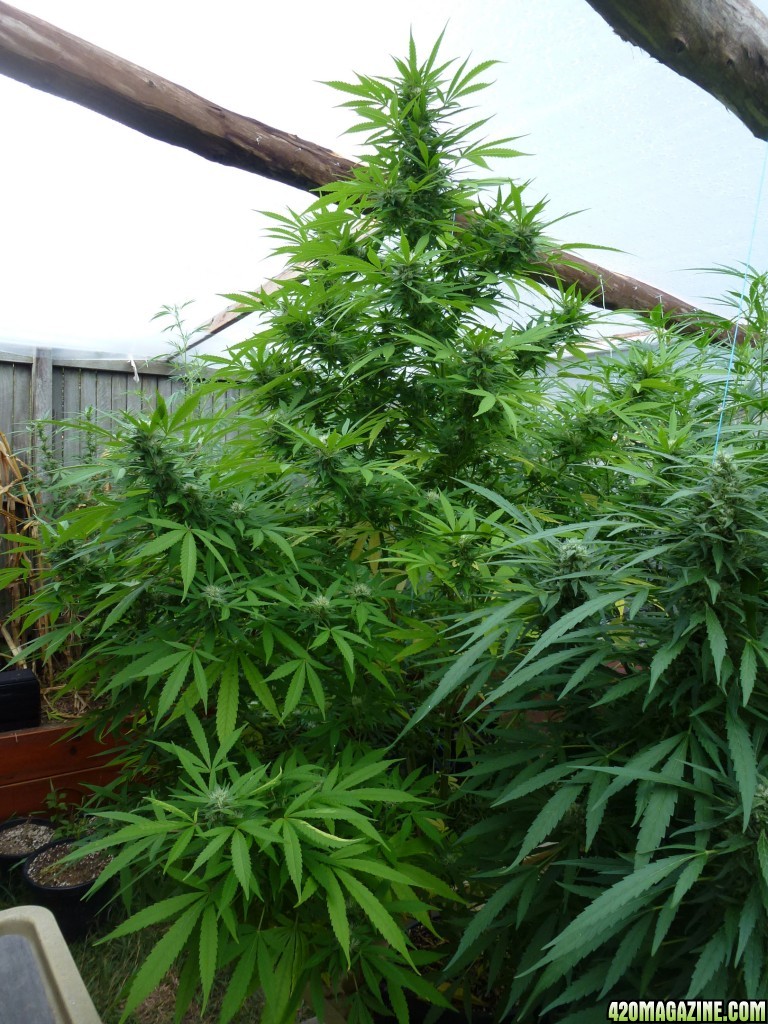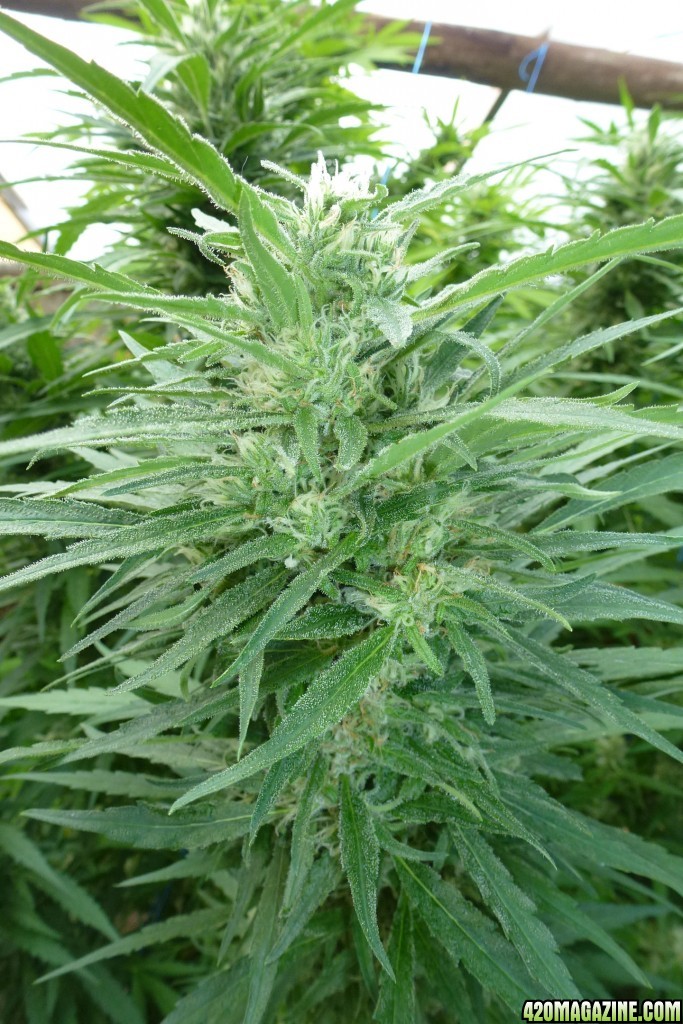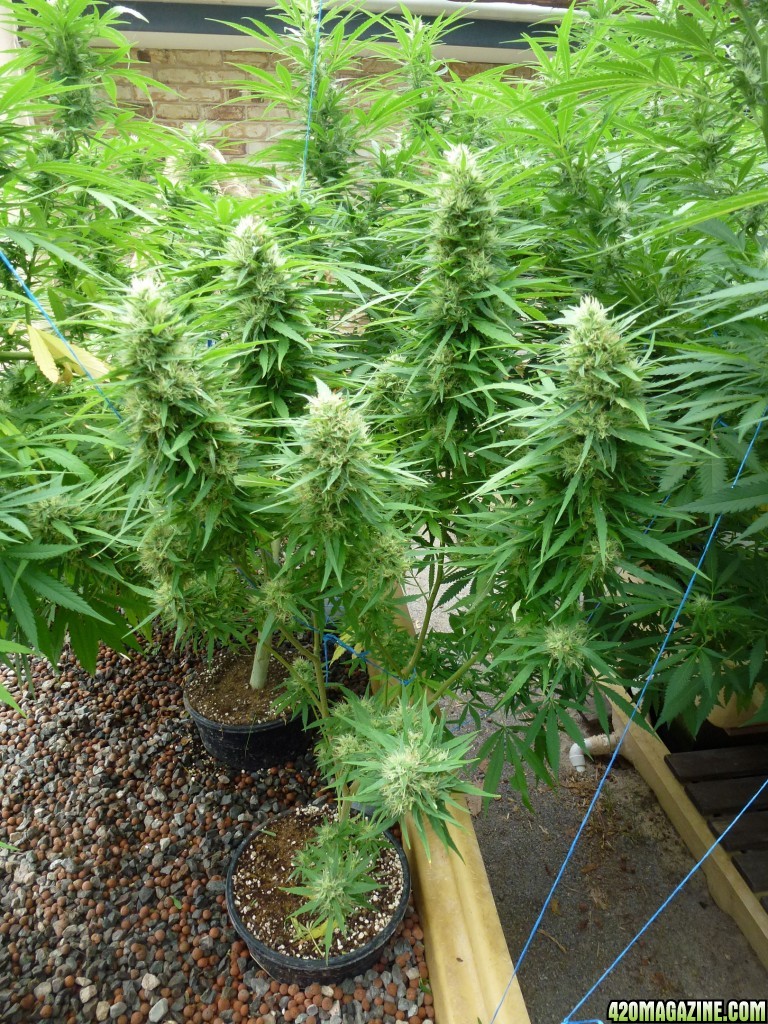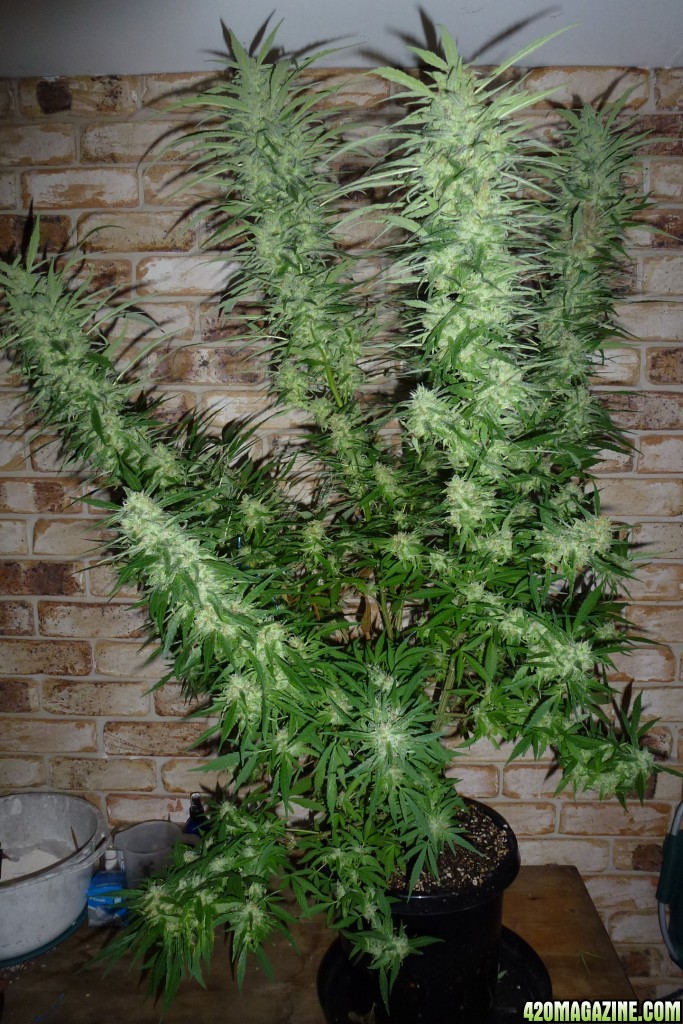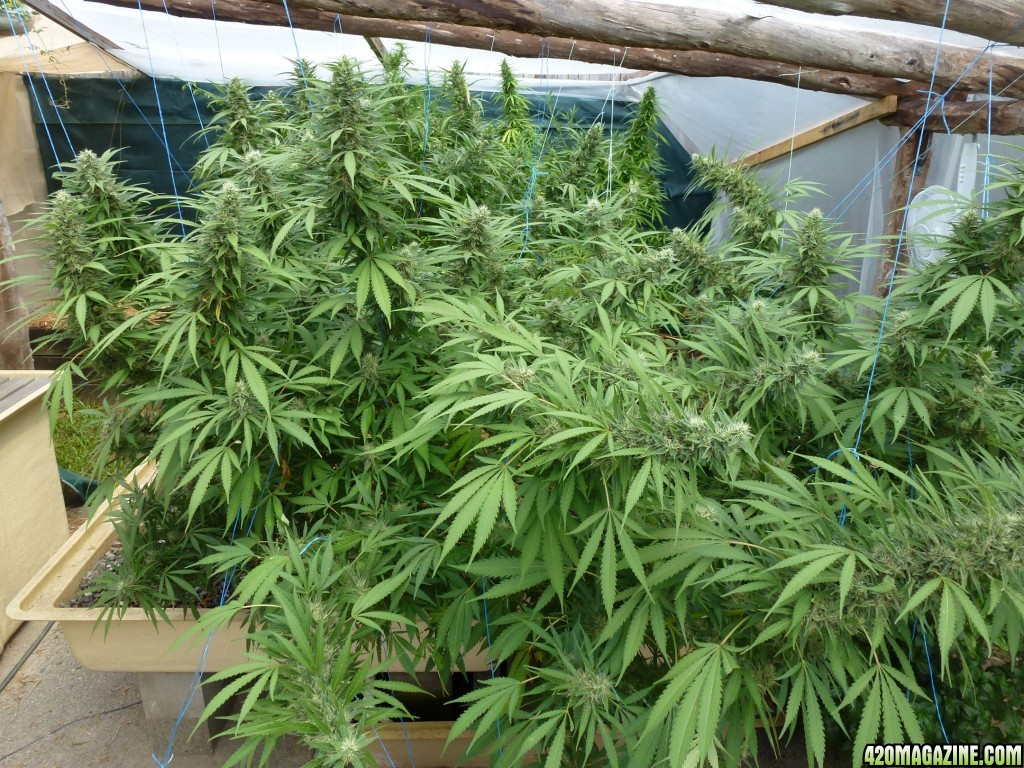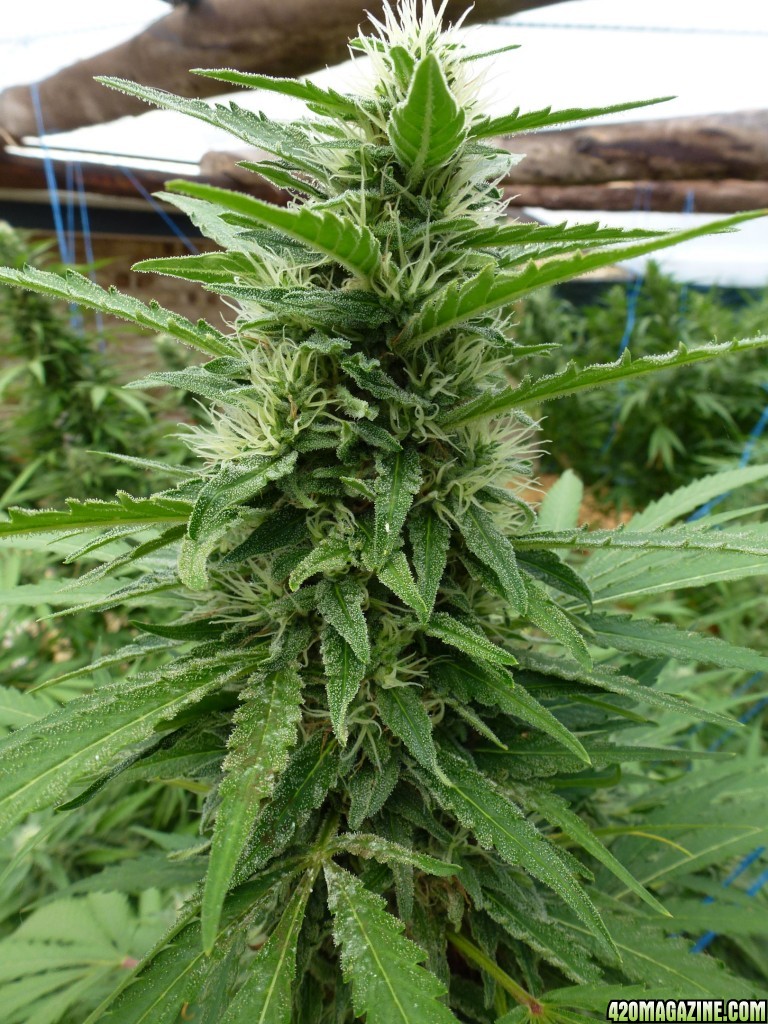dieselhondas
New Member
Ever heard of aquaponics? Well I hadn't untill several days ago. And I want to know why?! This is the best growing method ever! Anybody use this for cannabis yet? I'm a big activist for ending prohibition, but in this quest I've become a conspearisy theorist, political activist, humanitarian... I've been reading about self sustained homes. Not just electrical but mainly reusing gray water and growing fruits and veggies, as well as animals. Chickens, pigs, cows... In this persuit I found aquaponics and want to share it with the world!! The day I'm aloud to grow legally in Texas and help sick people, is the day my life is complete. I just can't believe I hadn't heard of this untill now !!!
Here's an overview of how it works. Plants on top. Fish on bottom. A water pump floods a medium filled tub. Rocks, hydrotron, lava... And then it drains back into the fish tank. Yes it's that simple folks! Here's where it gets better. The plants filter the tank so there's no cleaning. The fish poop is your nutes so you never buy ANY!!!! You can grow anything! And eat the fish! I would love impute on the mj side of this because I have NO info on it yet!!! If you want to take it farther you can grow duck weed. It rapidly reproduces, changes the poop into usable nutes for the plants, as well as feeds the fish and chickens love it. Any input is welcome and feel free to google and YouTube it! I am just learning about this but its such a simple system it doesn't take much research. We just need to tell others. Thanks folks ! Start googling!
Here's an overview of how it works. Plants on top. Fish on bottom. A water pump floods a medium filled tub. Rocks, hydrotron, lava... And then it drains back into the fish tank. Yes it's that simple folks! Here's where it gets better. The plants filter the tank so there's no cleaning. The fish poop is your nutes so you never buy ANY!!!! You can grow anything! And eat the fish! I would love impute on the mj side of this because I have NO info on it yet!!! If you want to take it farther you can grow duck weed. It rapidly reproduces, changes the poop into usable nutes for the plants, as well as feeds the fish and chickens love it. Any input is welcome and feel free to google and YouTube it! I am just learning about this but its such a simple system it doesn't take much research. We just need to tell others. Thanks folks ! Start googling!



